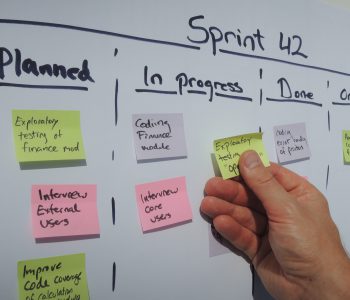It’s Monday morning and you have just arrived at work…congratulations! You stroll in with sleep still in your eye as you overhear your coworkers reminisce about their excellent weekends. You grab your Monday-sized cup of coffee and proceed to your desk, where everything seems just as you left it the Friday before. Sitting down, you take a big gulp of coffee and flip on your computer. “NOT AGAIN!” you cry, shaking your fist in the air. As you shake out the frustration, you turn your attention back to your laptop, which is prompting you to “Please enter a new password.” Begrudgingly, you attempt to reset your password, as something you will remember but “haven’t used in the past 60 days.” Sound familiar? With so many digital platforms in today’s world, how are you supposed to keep up with all the information!? There’s a password for email, one for the Amazon, bank accounts, Facebook…the list goes on and on.
Frustrating? Perhaps. Necessary? Absolutely. But why? Cybersecurity!
Read more “Have a Safe Cyber 2018” →
 Technology & IT Procurement
Technology & IT Procurement  Technology & IT Procurement
Technology & IT Procurement  Technology & IT Procurement
Technology & IT Procurement  Procurement Methodologies
Procurement Methodologies  Green Purchasing
Green Purchasing  Professional Development
Professional Development  Procurement Methodologies
Procurement Methodologies